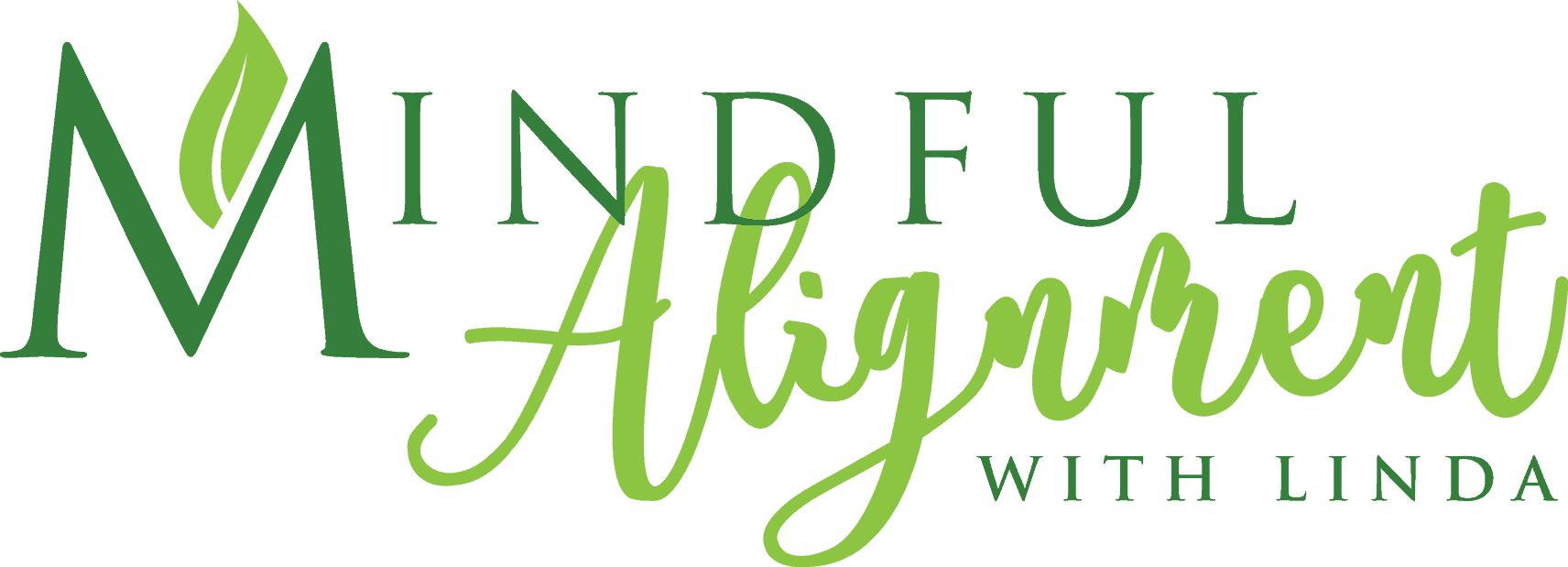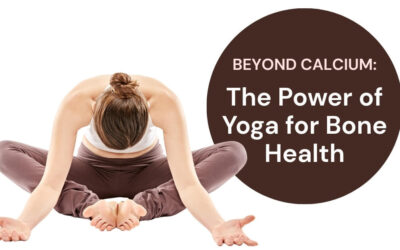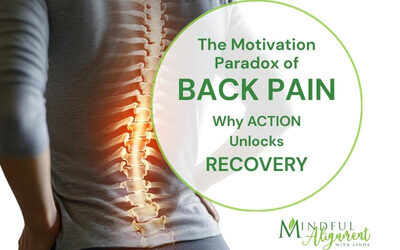Customizing Your Movement Routine for Your Body
Why We Need to Customize Our Movement Routine
As we move into our 50s and beyond, our bodies tell a story of hard work, adventure, injuries, recovery, and resilience. Each body is unique, so cookie-cutter exercise programs often fall short. Your movement routine should reflect your unique needs, goals, and physical realities.
One-size-fits-all exercise routines might be fine for beginners, but they rarely work for the long term—especially as we age. Our bodies are wonderfully diverse. Factors like past injuries, chronic conditions, fitness levels, and even preferences shape how we move and what we need from a fitness routine.
For example, a 55-year-old with arthritis in their knees may need a low-impact exercise routine. At the same time, someone who sits for long hours at a desk may benefit from stretching and posture-focused exercises. Without customization, exercises can feel irrelevant—or worse, harmful.
How to Get the Most Out of Your Fitness Routine
Personalizing your routine helps you stay motivated and ensures that the effort you’re putting in is actually helping your body.
Before jumping into a movement program, assess your needs and goals. Ask yourself:
- What does my body need to feel better or stronger?
- Are there any activities I want to do more comfortably or confidently?
- What are my fitness goals—improved balance, less pain, more endurance, or all of the above?
Your answers will serve as a guide for customizing your routine. If you need more clarification, consider working with a fitness professional who can help you identify areas to focus on.
Customizing Your Movement Routine for Common Ailments
Aging brings physical changes—some expected, others less welcome. Stiff joints, reduced muscle mass, and balance challenges are common. These changes aren’t impossible; they require a thoughtful approach.
Here’s how to address some common challenges:
Joint Pain or Stiffness:
Opt for low-impact exercises like swimming, yoga, or cycling. Strengthen the muscles around painful joints to provide support, and prioritize stretching to maintain range of motion.
Reduced Muscle Strength:
Strength training is your friend! Light resistance with dumbbells, bands, or bodyweight exercises can rebuild strength and slow muscle loss. Focus on proper form and gradual progression to avoid injury.
Balance Issues:
Incorporate exercises like standing on one foot, yoga, or walking heel-to-toe. Balance training doesn’t just prevent falls—it builds confidence and enhances overall coordination.
Fatigue or Low Energy:
Start small. A short walk or a few minutes of gentle stretching can energize you without feeling overwhelmed. Listen to your body, and rest as needed.
Remember: Progress may be slower than in your 30s, but that doesn’t mean it’s impossible. Celebrate every improvement, no matter how small, and let it fuel your motivation for the journey ahead!
Body Awareness is Key to Customizing Your Movement Routine
Body awareness is the cornerstone of customizing your movement routine. By tuning into how your body feels on any given day, you can adjust exercises to match your needs. This might mean modifying a stretch to target a specific area, shortening a workout when you’re tired, or challenging yourself when you feel strong.
Here are a few ways to cultivate body awareness:
- Pay Attention to Sensations: Notice how your body feels before, during, and after exercise. Is there tightness, ease, discomfort, or strength?
- Breathe with Intention: Your breath can reveal a lot. Shallow breathing might mean you’re pushing too hard, while steady, deep breaths signal a manageable pace.
- Move Mindfully: Focus on quality over quantity. Perform exercises slowly and deliberately to engage the correct muscles and avoid compensatory movements.
- Practice Self-Compassion: Be kind to yourself when your body feels less capable. Adjusting your plan is not a setback; it’s a sign of wisdom and self-care.
Customizing your routine isn’t just about making it effective—it’s about making it enjoyable and sustainable. If you dread specific exercises, swap them for something you like. Dancing, gardening, or even playing with grandkids can be excellent forms of movement.
Motivation to Help You Stick With Your Movement Routine
Accountability is a great motivator. Find a workout buddy, join a class tailored to your age group, or track your progress in a journal. Celebrate milestones like lifting weights, walking farther, or sticking to your routine for a month.
Exercise isn’t about chasing an ideal body or keeping up with the latest fitness trends. It’s about honoring your body and giving it what it needs to thrive. By customizing your movement routine, you’re investing in your health, independence, and quality of life.
Start today.Listen to your body, identify your needs, and make your movement routine relevant. After all, your journey is uniquely yours and your routine should be too.
Here’s a few videos to help you on your fitness journey:
Are you tired of living with pain?
Are your activities and daily choices determined by your level of pain?
Are you ready to change your life for the better and gain back your physical freedom?
My unique and custom designed approach comes from years of training, education and experience. Together, we will get you back to living pain free and enjoying life.
Sign up for a private session today
It’s never too late to try something new.

Related Articles:
Beyond Calcium: The Power of Yoga for Bone Health
Discover how yoga supports bone health and osteoporosis prevention. Learn science-backed poses that strengthen your skeleton and reduce fracture risk.
The Motivation Paradox: Action is the Catalyst for Healing Back Pain
Discover the Motivation Paradox of Back Pain—why waiting for motivation keeps you stuck and how action is the true catalyst for healing. Learn science-backed strategies to break the pain cycle and reclaim mobility.
Transform Back Pain Anxiety: From Uncertainty to Empowerment
Discover how to navigate pain anxiety with empowerment. Embrace uncertainty and reclaim your healing journey through mindfulness and resilience.
Transforming Your Relationship with Back Pain: A Mindset Revolution
Back pain is more than a physical challenge—it's a profound psychological journey. The real battle isn't just in your muscles and joints, but in your mind. Your thoughts can either be a prison or a pathway to healing. Reframing Your Inner Narrative When chronic pain...




